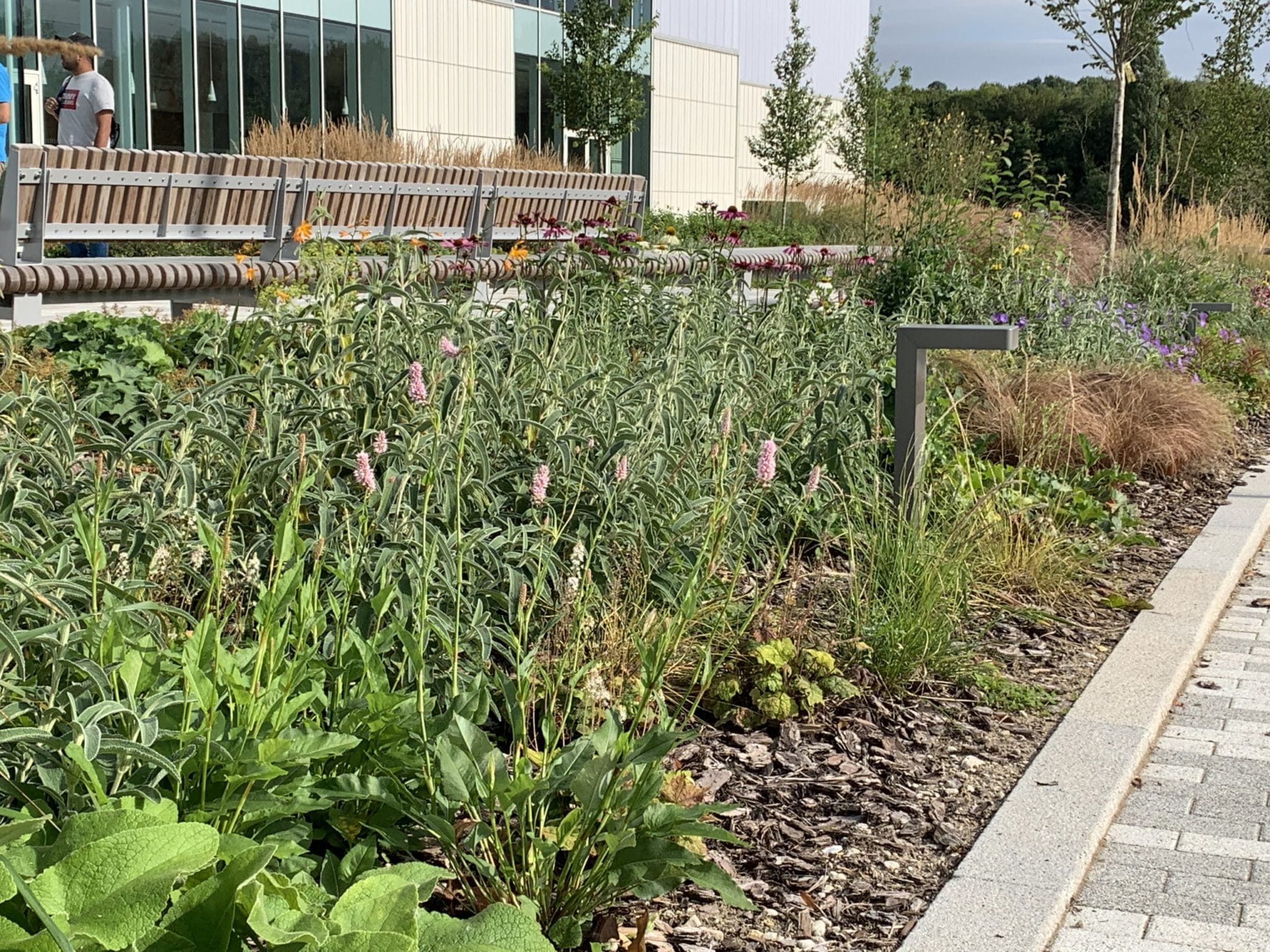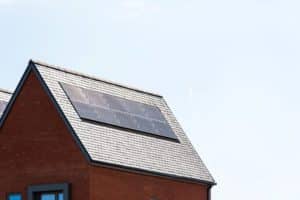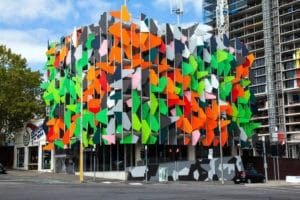The Living Building Challenge is the ultimate green building programme working towards creating buildings across the world that reduce harm and have a positive impact on our planet.
We are passionate about making a difference and initiatives such as the Living Building Challenge are an essential part of this: they help motivate the world to realise the negative impact we are having and work towards creating a healthy, positive environment for us all.
The Living Building Challenge is enormously exciting for the construction industry. It is the ultimate green building standard with the goal to create buildings that include regenerative design solutions that improve local environments rather than just reducing harm. And we think it’s pretty impressive.
The Living Building Challenge works with people around the world who want to create healthy, efficient, ecologically restorative spaces for communities. Keep reading to find out more about the Living Building Challenge and how we in the construction industry can get involved.
What is the living building challenge?
The Living Building Challenge is administered by the non-profit International Living Future Institute, a network dedicated to creating a healthy future for all. The challenge is a green building certification program and sustainable design framework that pictures the ideal for the built environment.
(Fun fact, they use the metaphor of a flower because to them, “the ideal building environment should function as cleanly and efficiently as a flower!” )
So, what makes a ‘good’ building? The Living Building Challenge encourages developers to create good buildings that are:
- Regenerative spaces that connect residents to light, food, air, nature and community
- Self-sufficient and keep within the resource limits of their sites.
- Healthy and beautiful.
The living builds that are created give more than they take as they work to create a positive impact on the human and natural systems that interact with them.
What are the seven performance areas of the Living Building Challenge?
The Living Building Challenge consists of seven performance categories. They are called the ‘Petals’ of the flower. Each performance petals is also divided into imperatives for a total of twenty imperatives in the challenge. The imperatives can be applied to every building project of any scale or location; whether that’s a new building or existing structure.
The main seven performance petal categories are:
- Place
The place petal shows where it is acceptable to build, how to protect and restore a place once it has been developed. One of the imperatives of the petal is “Habitat Exchange” which states that for each hectare of the development, an equal amount of land away from the project must be set aside in perpetuity.
- Water
This petal helps to realign how people use water and redefine waste in the built environment. With the limited safe water source becoming a serious issue in many countries across the world, the LBC wants to create a future where all upcoming buildings are created based on being net-zero water facility and using 100% of water onsite for internal water needs. One of our favourite systems to help reduce water wastage is solar water heaters. They work to take energy from the sun and repurpose it to heat domestic water, perfect for you to use around your home.
- Energy
The energy petal asks for all buildings to rely on renewable forms of energy and to operate in pollution- free manner. LBC requires all projects to have net-zero energy which can be attained by methods such as solar panels, natural daylighting and other systems.
- Health and happiness
The goal of this petal is to create safe, healthy spaces which encourage productive indoor environments for occupants. For example, this petal requires interior space in buildings to have operable windows that provide fresh air and daylight. One way to introduce this petal into your building is Biophilic Design. Biophilic Design helps to connect our love of nature in the modern building environment, allowing us to focus on the natural world which helps to improve human health and productivity. Check out our blog ‘What is Biophilic Design and Why is it Important’ to find out more!.
- Materials
The materials petal considers the materials used within the building site. It strives to have sustainable materials that are non-toxic, transparent and socially equitable such as wood fibres, ashcrete and recycled glass brick. LBC envisions a future where all materials are regenerative and have no negative impact on humans and the ecosystem health.
Even though it sounds brilliant, this is actually one of the most challenging petals of the LBC due to the dilemma that every project cannot contain any red list materials such as PVC and formaldehyde. To combat this, detailed records of how materials are made by the manufacturer must be kept and shown before certificates are rewarded.
- Equity
The equity petal focuses on creating communities with fair access to all people regardless of physical abilities, age or background.
- Beauty
As simple as can be, the purpose of this petal is to create buildings that lift out spirits. It is based on the efforts to create aesthetically pleasing designs. The building project must include public art and contain design features intended for human delight and the celebration of culture, spirit, and place appropriate to the project’s function. Need some inspiration, take a look at 5 of the world’s most sustainable buildings!.
What is the living building challenge 4.0 (and how is it different from 3.1)?
The LBC 3.1 was created before 4.0 and was shaped by the experiences of project teams, however over time, feedback from stakeholders who use the challenge helps the LBC committee to understand how to refine and improve the program to make sure they have the greatest impact. With these feedback discussions, 3.1 has now retired and 4.0 has been born.
LBC 4.0 now looks into the relationship between impact and effort. It continues the standard’s mission that was seen in 3.1. Mission of Visionary, but now focuses on attainable building goals for the building industry across the world. However, it is good to know that they also recognise that not all projects have the same challenges or share in opportunities.
What we love about LBC is that the program understands that regenerative design should be attainable to everyone, everywhere and with 4.0, they are creating a streamlined approach focusing on maximizing positive impacts specifically looking at place, community and culture.
To put it into simple terms, LBC 4.0 has been developed on two goals:
- Simplify the program so the level of effort of teams is better aligned with their impact at both project and market scales
- To fill the gap between the highest levels of mainstream green building certifications and the energy point to the Living Building Challenge.
How can I get involved in the Living building Challenge?
You can become a strategic partner with LBC. Sponsors and supporters demonstrate their commitment to their mission and leadership in the effort to create a living future. Sponsorship will allow you a direct path to bring your company onto climate justice environmental progress. Their sponsorship packages will meet you where you are currently to ensure your priorities are met and help you work towards your goals.
Can Buildpass help me design a more efficient, sustainable building?
Yes! We are passionate about building efficient, sustainable buildings that are kind to the environment. From daylight calculations to passivhaus, we are able to help you plan and design a sustainable build perfect for you. Get booked in for a call today.





















